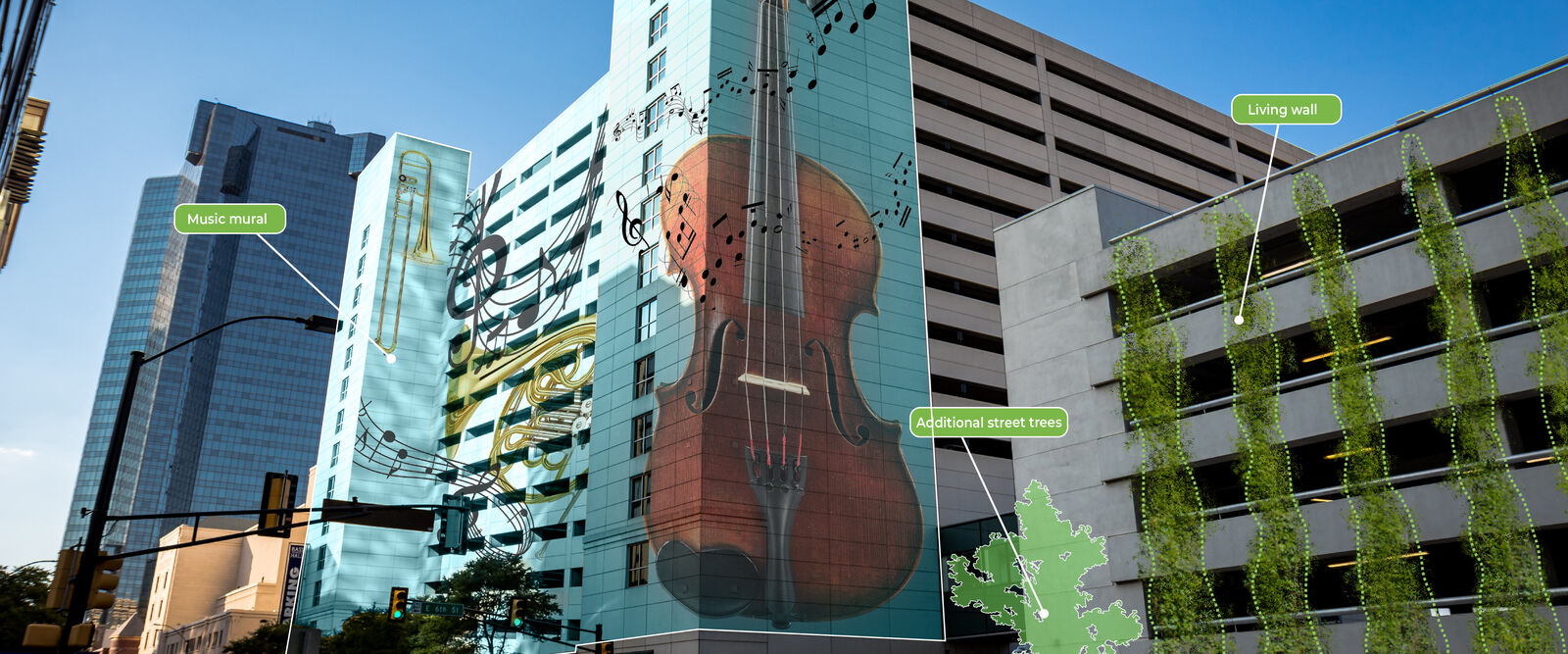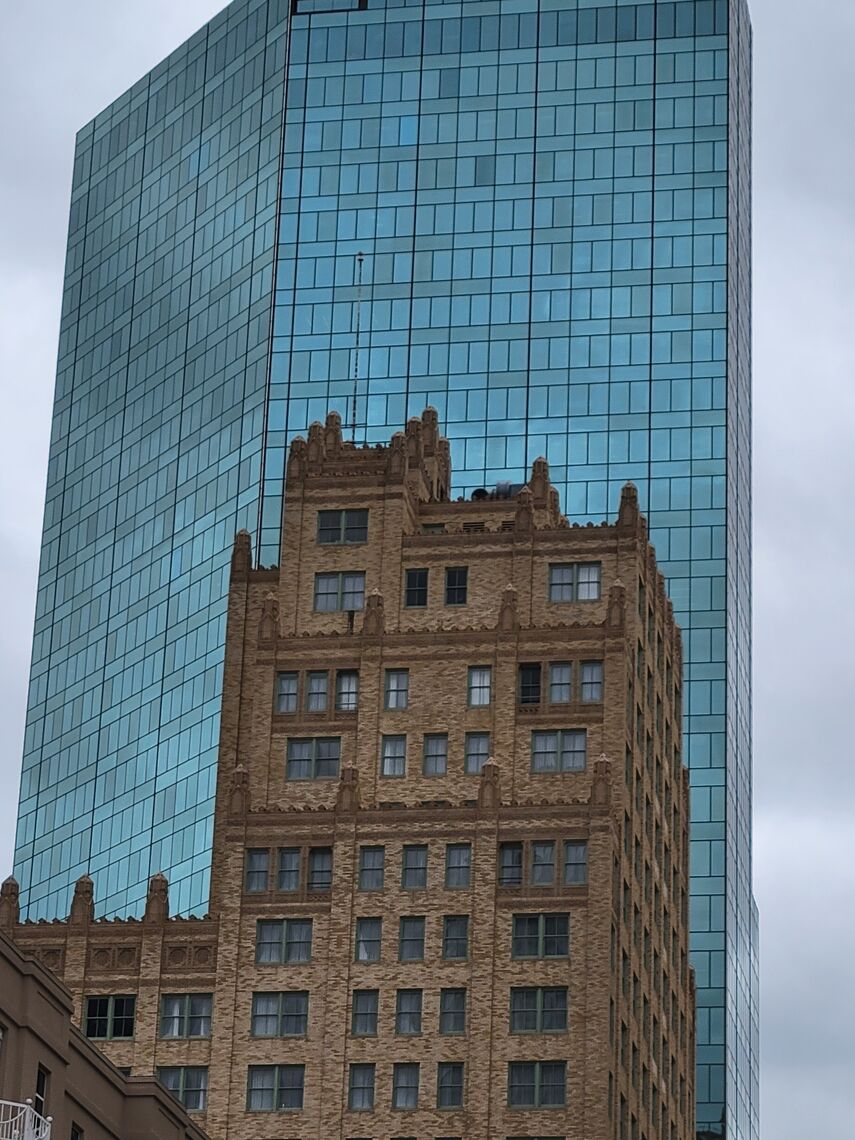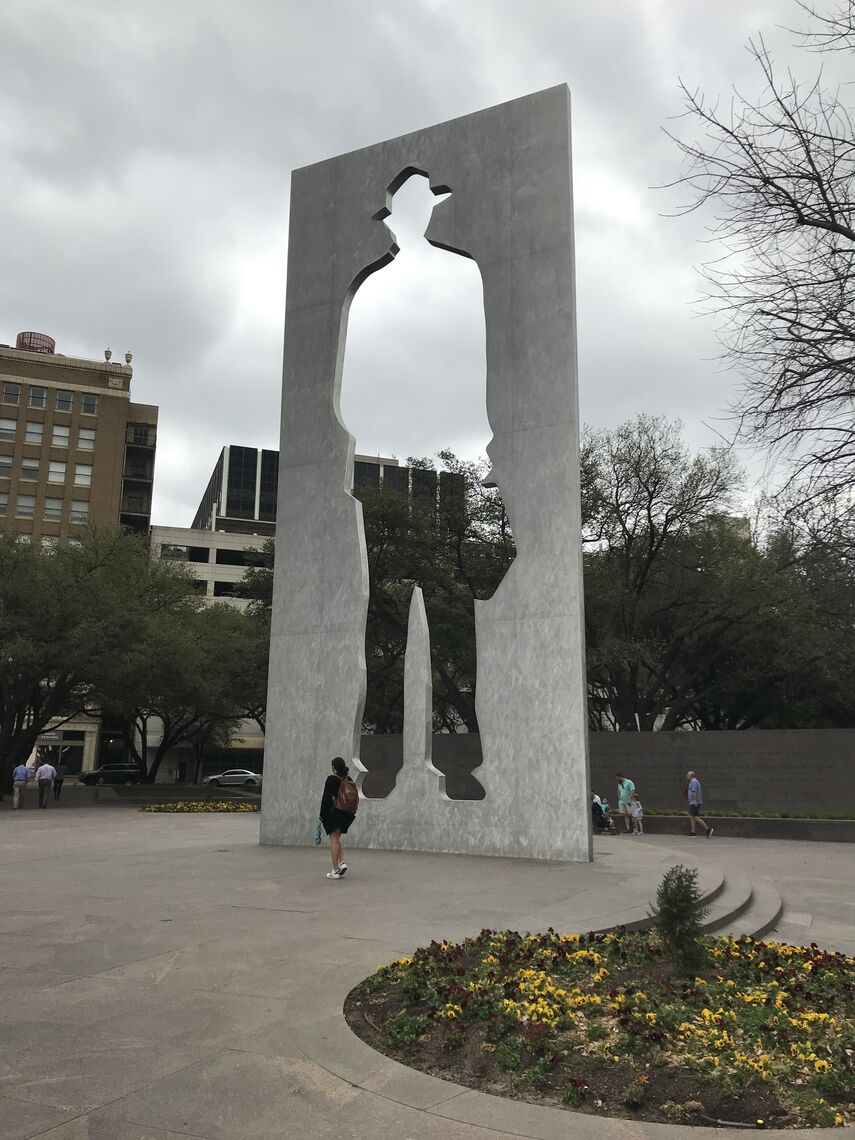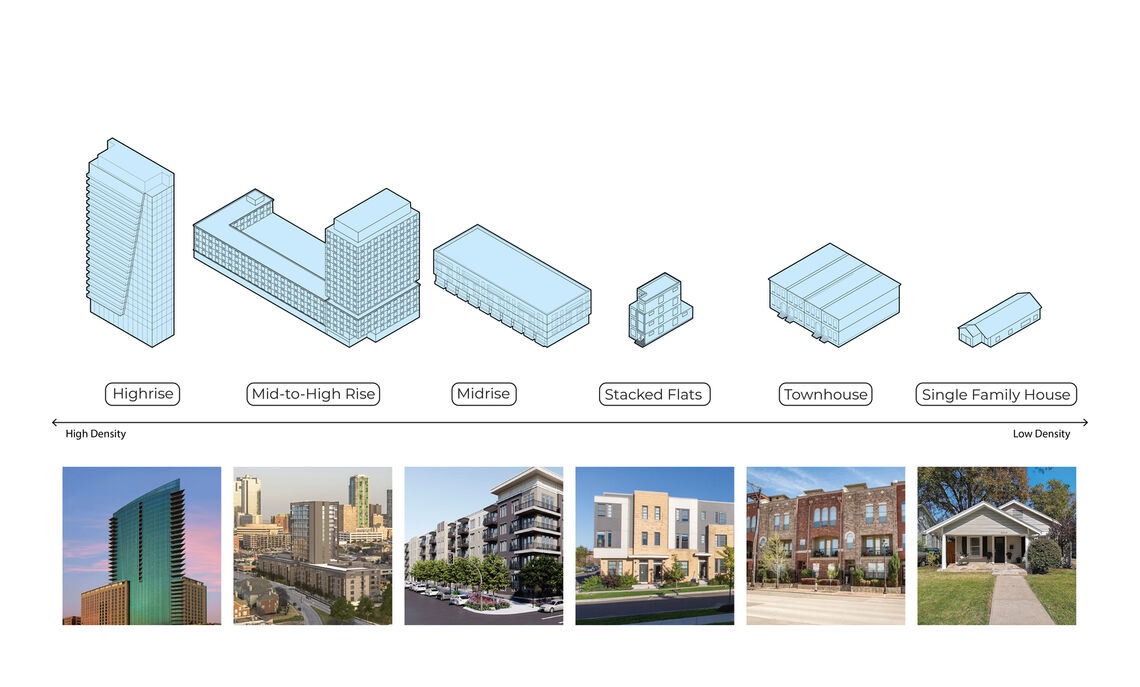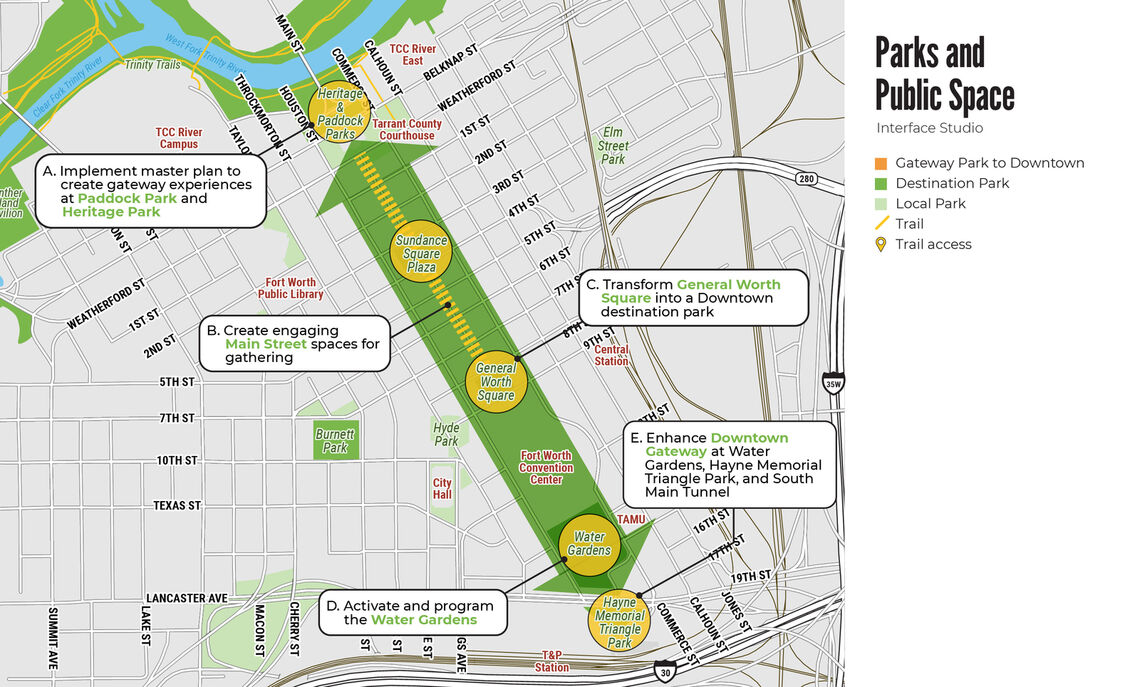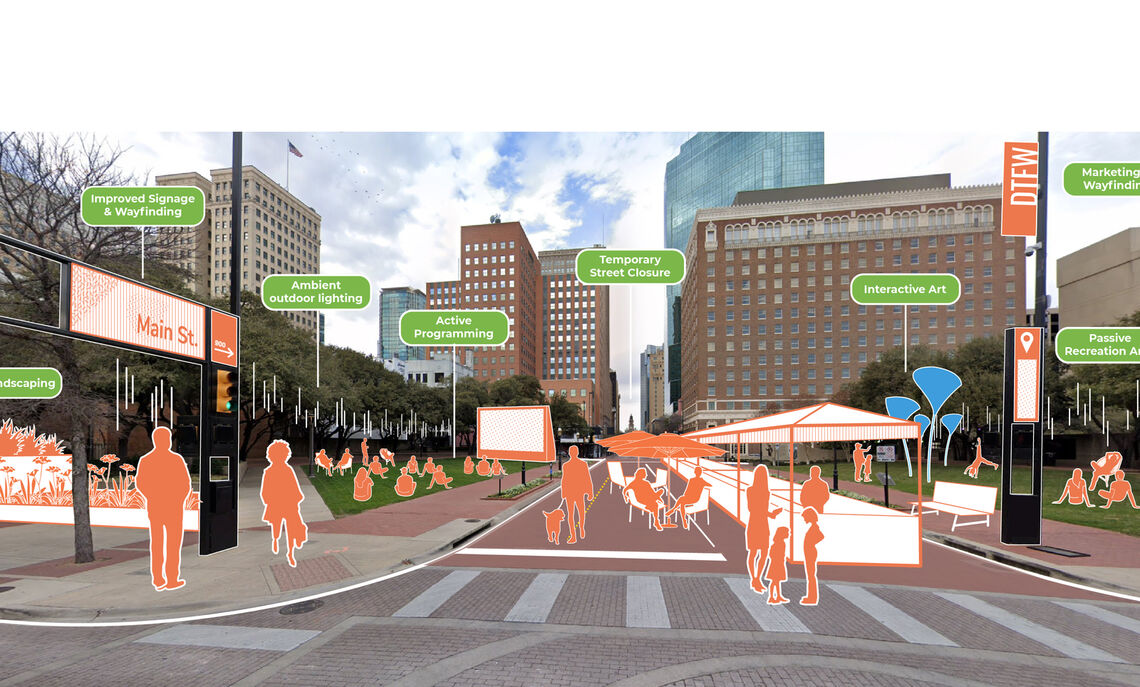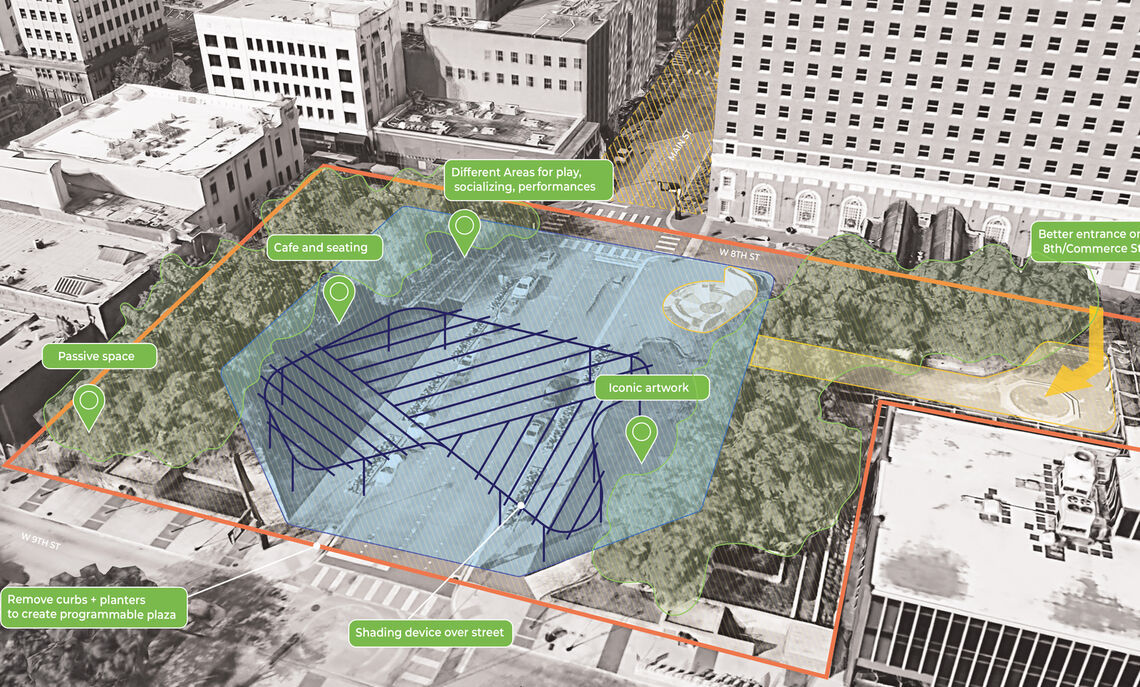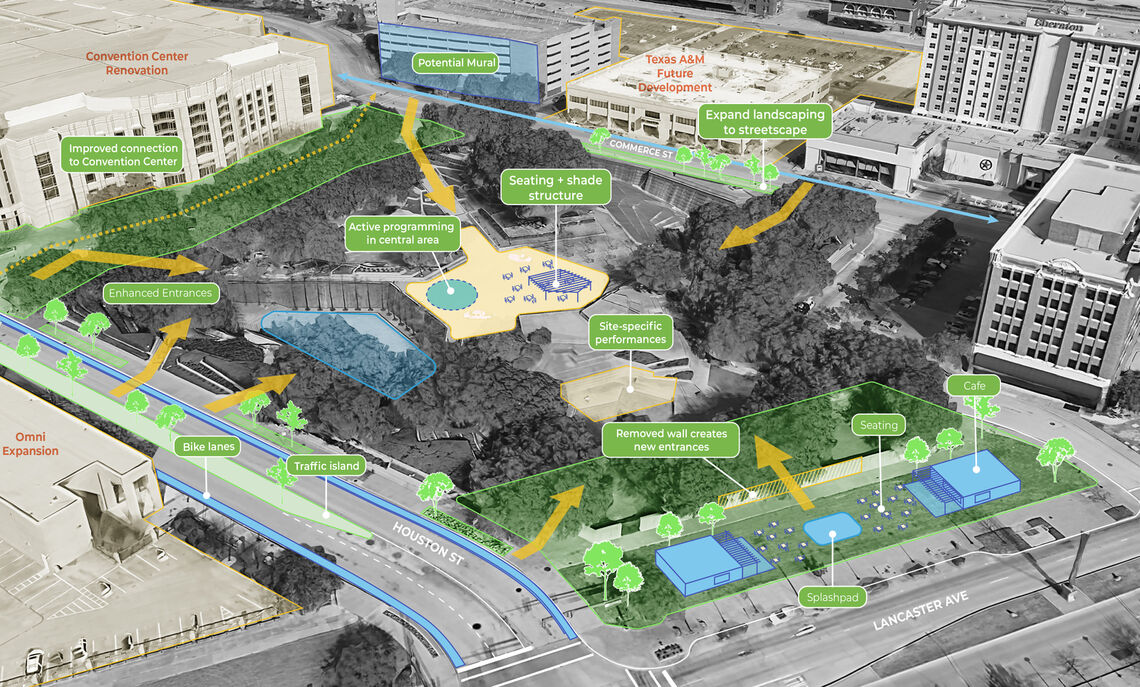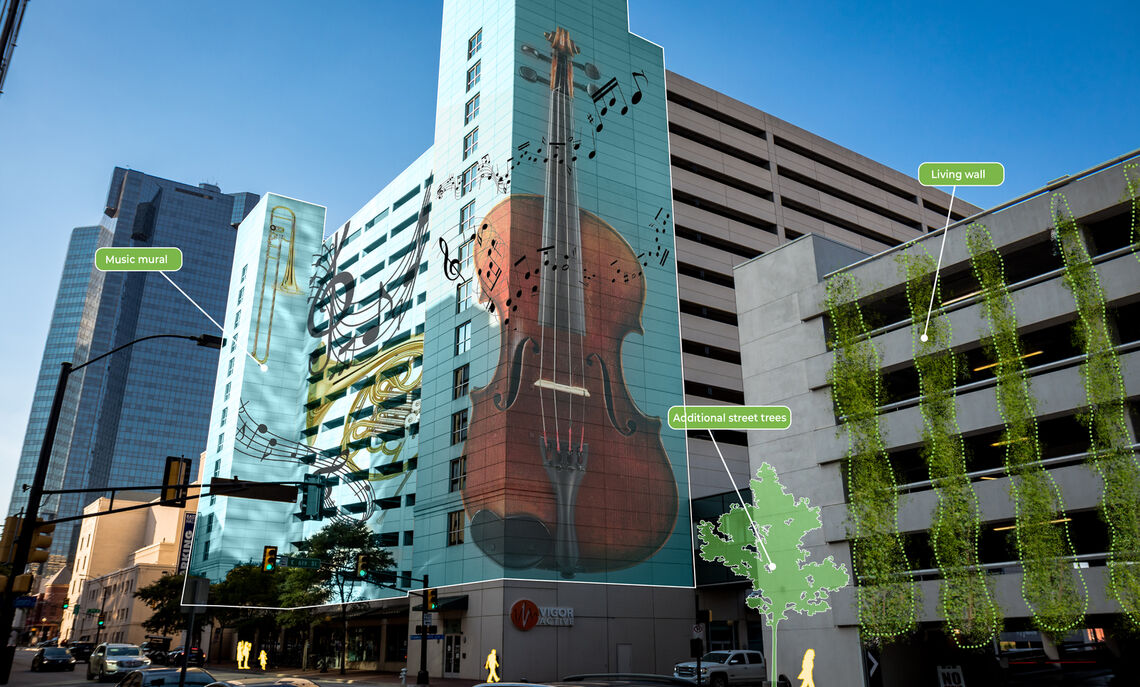PLAN 2033 DOWNTOWN FORT WORTH
A Strategic Action Plan for Downtown Fort Worth
Downtown Fort Worth, Inc. (DFWI), Trinity Metro, and the City of Fort Worth began the 12-month process to create the 2033 Downtown Fort Worth Strategic Action Plan in early 2022 with a consultant team led by Interface Studio, and including Ninigret Partners, Nelson/Nygaard and Mosaic/SKM.
Since the last strategic action plan in 2012, Downtown Fort Worth has grown tremendously, nearly doubling its resident population. This follows the trend in the Dallas-Fort Worth region, which became the fourth largest metropolitan region in the country following the 2020 census. The Dallas-Fort Worth region is also an economic powerhouse. It accounts for nearly a third of the state’s employment, making it the largest employment base in Texas. Nevertheless, with shifts in the local economy, a diminished office population and altered visitation patterns coming out of the pandemic, the need for a diversified downtown is stronger than ever.
The success of downtowns is tied to the density and diversity of people and uses.
The Experience of Downtown
Investing in key corridors with streetscape, public art, and landscape and in signature public spaces through the Downtown core will offer an exceptional experience. General Worth Square is divided by Main Street but has the potential to be one unified destination park with both near-term activation and longer-term redesign to create a programmable plaza with shade and different activity areas. The Fort Worth Water Gardens are a key destination that could be further activated and connected to the rapidly changing south edge of Downtown.
We need more people in Downtown for a variety of different reasons - living, working, visiting. This translates to the need for a diverse industry mix; high density residential development; retail, restaurant and entertainment offerings at different price points; more events and programming; creative outdoor gathering spaces; streets that provide an excellent pedestrian experience; and easy to navigate connections to key destinations around Downtown and to surrounding centers of activity.
In several rounds of discussions with the steering committee and seven subject-specific committees, the planning team discovered common threads that ultimately led to the development of four overarching goals for Downtown Fort Worth: Liveable Neighborhoods, Diversified Economy, Great and Distinctive Places, and Seamless Connections.
Liveable Neighborhoods to increase housing Downtown for a variety of households, encourage neighborhood-serving amenities within walking distance of housing, and provide family-supporting educational and learning opportunities.
Seamless Connections to offer safe, attractive, easy to use options for all modes of travel; focus on a people-first approach that emphasizes transit use, pedestrians and bicyclists; improve connections to adjacent districts; provide clear and efficient parking, and support sustainability goals.
Diversified Economy to strengthen Downtown as a premier business location, cultivate local entrepreneurs and emerging industries, provide offerings that attract diverse audiences (everyone from local residents to staycationers to conventioneers), and maximize the impact of major redevelopment opportunities.
Great and Distinctive Places to strengthen Downtown as a destination that draws in the Dallas-Fort Worth region by ensuring that it celebrates the historic character that makes it distinctive and offers a lively, accessible and attractive public realm; exemplary civic spaces and parks; and experiences, attractions and programming that welcomes everyone to Downtown.
